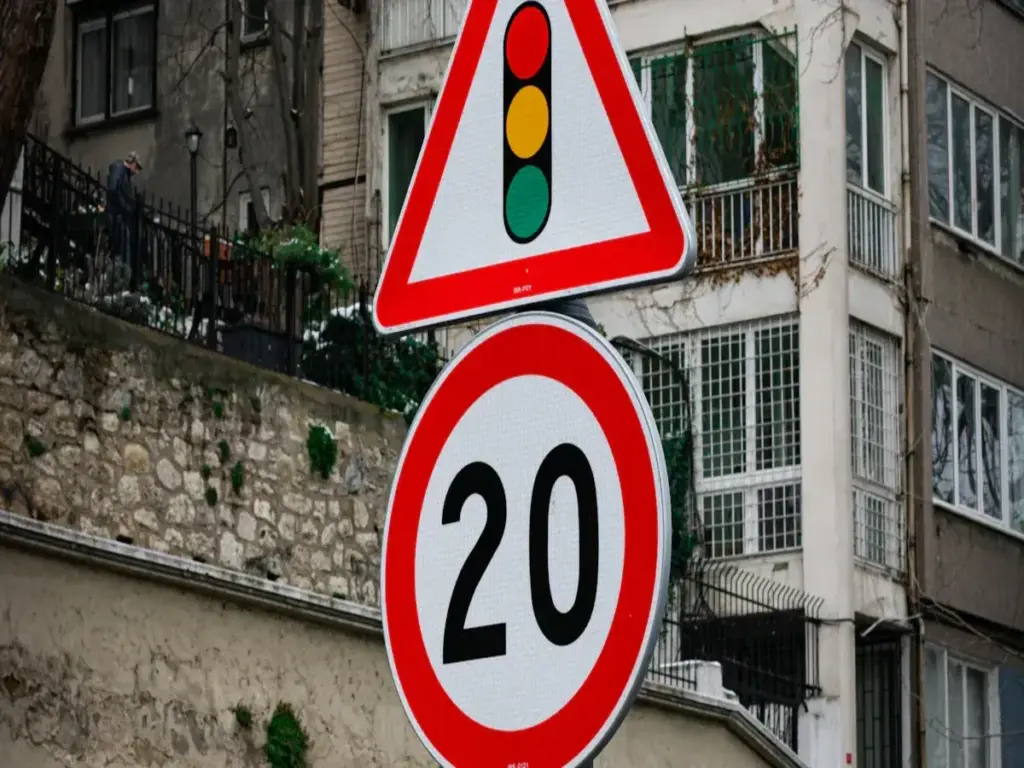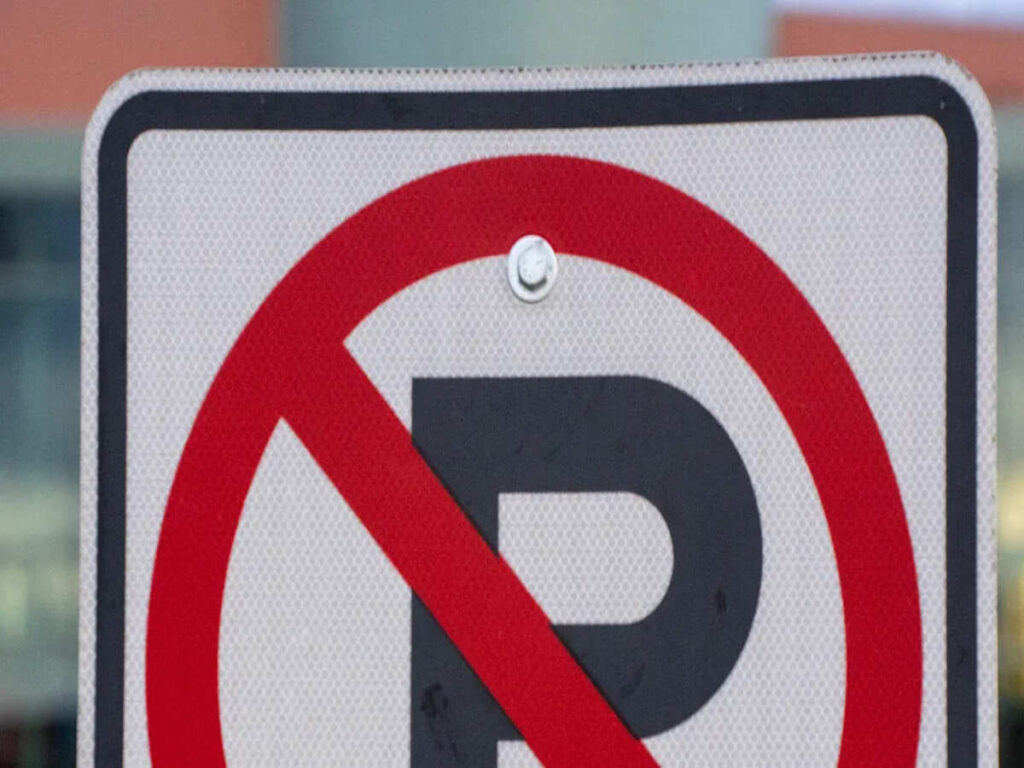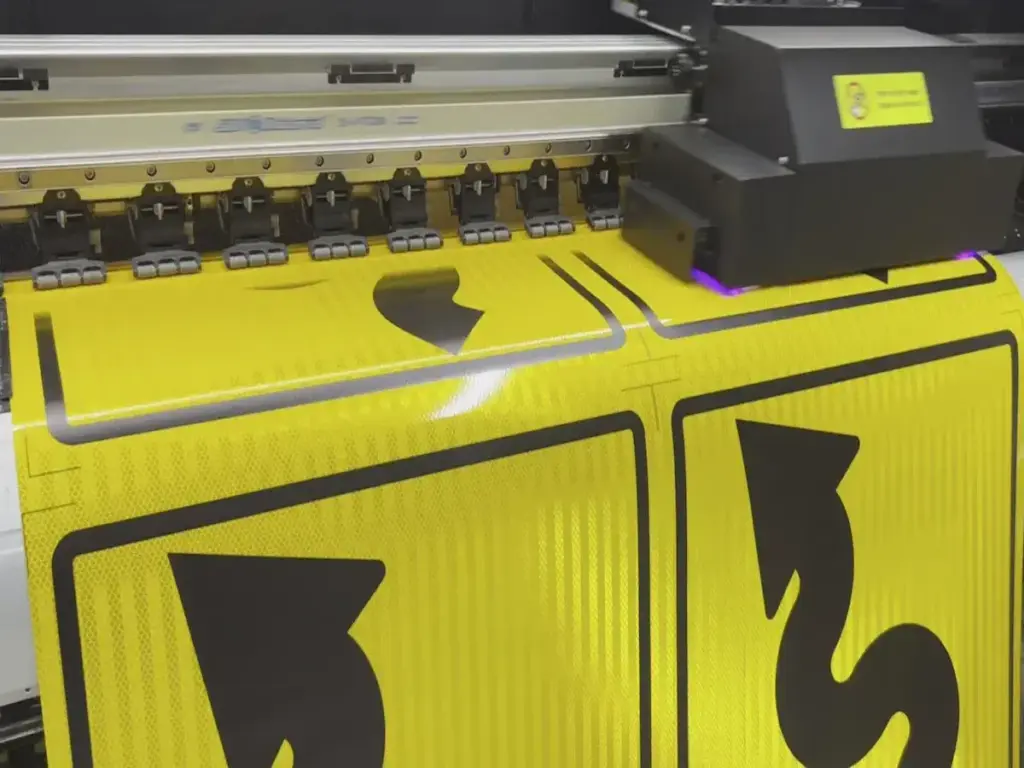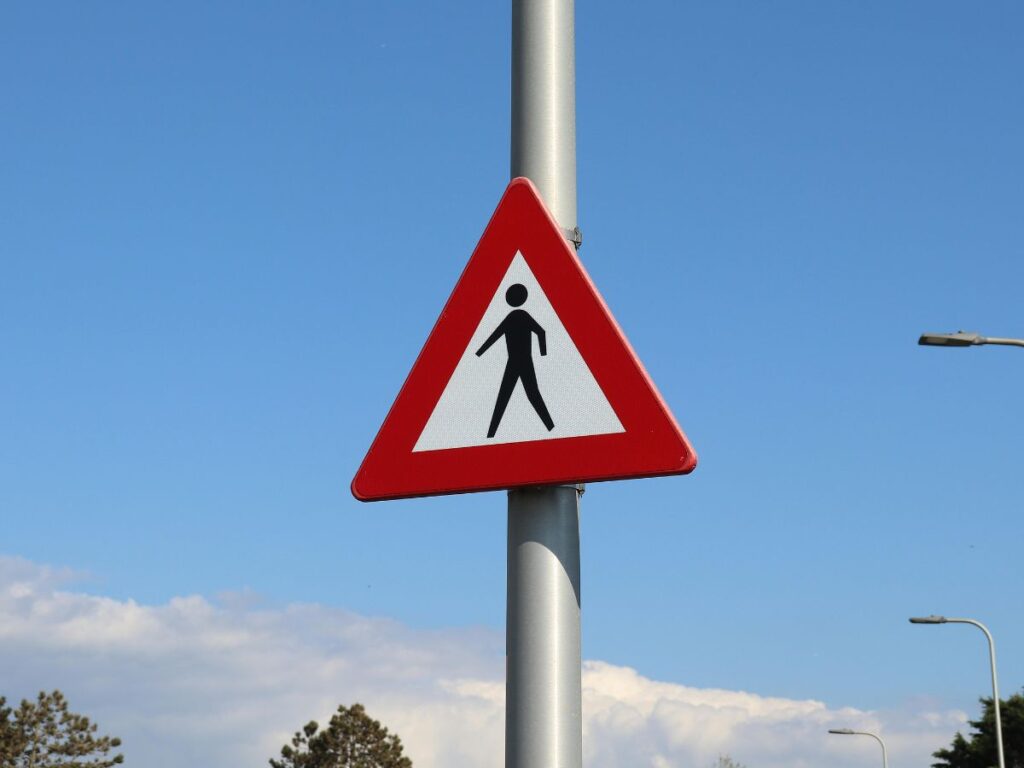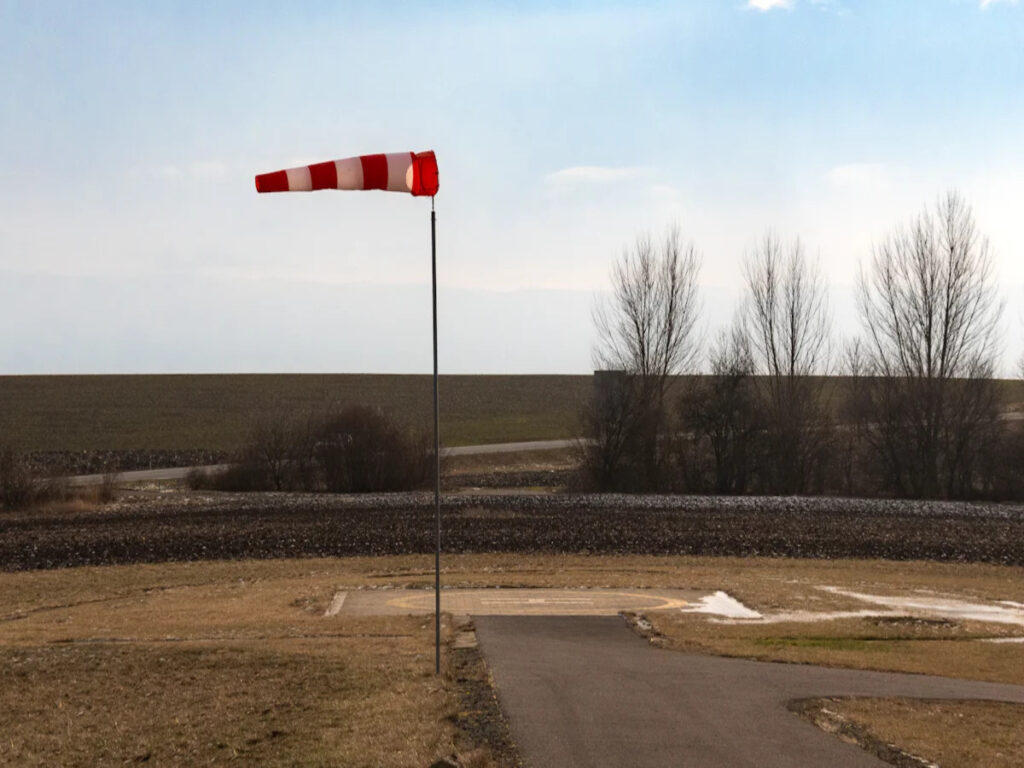
Ветер может повернуться стабильный дорожный конус в опасность безопасности. Сильные порывы часто заставляют дорожные конусы, Создание рисков для пешеходов и транспортных средств. Вы можете уменьшить эту опасность, понимая, как вес дорожного конуса влияет на стабильность. Более тяжелые конусы лучше противостоят ветровым силам, Особенно в высоких или ветреных районах. Например, высокие конусы в диапазоне от 28 к 36 дюймы обеспечить отличное сопротивление от порывов. Тяжелые конусы идеально подходят для областей с сильным ветром, Поскольку их вес сводится к минимуму. Выбор правильного транспортного конуса для вашей среды обеспечивает безопасность и надежность.
Понимание стабильности дорожного конуса
Физика стабильности
Центр гравитации и базового дизайна
The центр тяжести играет решающую роль в стабильности дорожного конуса. Когда центр тяжести низкий, Конус становится реже. Вы можете думать об этом как о балансе конуса. Хорошо продуманная база помогает сохранить этот баланс нетронутым. Более широкие основания распределяют вес более равномерно, что повышает сопротивление внешним силам, таким как ветер. Этот дизайн гарантирует, что конус остается вертикальным даже в сложных условиях.
Распределение веса и его роль
Распределение веса непосредственно влияет на то, как транспортный конус реагирует на ветер или воздействие. Конусы для трафика с равномерно распределенным весом более стабильны. Неравномерный вес может сделать конус качаться или легко упасть. Вес дорожного конуса также определяет, насколько хорошо конус может противостоять чаевым. Более тяжелые конусы, особенно те, у кого взвешенные основания, обеспечить лучшую стабильность. Это делает их идеальными для областей, склонных к сильным ветрам или интенсивным движению.
ОПТзнаки предлагает ряд дорожных шишек, предназначенных для высокой стабильности и долговечности. С акцентом на качество и производительность, Их конусы безопасности дорожного движения имеют равномерно распределенный вес и усиленные основы для выдержания сложной среды. Будь то тяжелый трафик или ветреные условия, Опеткирует дорожные конусы Предоставьте надежные решения для эффективной безопасности дорожного движения.
Ключевые факторы, влияющие на стабильность
Материал состав и долговечность
Материалы, используемые в дорожных конусах, значительно влияют на их стабильность и долговечность. Общие материалы включают:
- ПВХ, который легкий, гибкий, и легко транспортировать.
- Резина, который предлагает отличное шоковое поглощение и тягу, Сделать его более стабильным в ветреных условиях.
- Тяжелые конусы, изготовленные из усиленного пластика, ПВХ, или резина, спроектирован для выдержания суровой погоды и сильных последствий.
Резиновые шишки тяжелее и стабильны, Особенно в неблагоприятную погоду. ПВХ Конусы, пока легче, легче обращаться и транспортировать. Выбор правильного материала зависит от среды, в которой будут использоваться конусы.
Базовая форма и размер
Форма и размер основания имеют решающее значение для стабильности. Более широкие основания обеспечивают большую площадь поверхности, который помогает сопротивляться переломным силам. Круглые или квадратные основания распространены, Но некоторые конусы имеют взвешенные или расклешенные основания для дополнительной поддержки. Хорошо разработанная база гарантирует, что конус остается вертикальным, Даже при воздействии сильных порывов или случайных ударов.
Роль скорости ветра
Как скорость ветра влияет на дорожные конусы

Пороги для опрокидывания
Скорость ветра непосредственно влияет на то, насколько стабилен пролеченный конус. По мере увеличения давления ветра увеличивается, Угол переоборудования конуса уменьшается, с большей вероятностью упадет. Вес и дизайн конуса влияют на этот порог. Например, а 7 фунт. Конусы из ПВХ под углом 45 °, Пока а 10 фунт. Конус из ПВХ выдерживается до 55 °. С другой стороны, а 7 фунт. Enviro-Cone сопротивляется, пока он не достигнет угла 76 °. Эта разница происходит из-за того, что Enviro-Cone 80% своего веса, сконцентрированного в основании, по сравнению с 60% Для конусов из ПВХ.
| Тип конуса | Масса (фунт) | Угла переломного угла | Базовое распределение веса | Распределение веса стебля |
|---|---|---|---|---|
| 7 фунт. ПВХ Конус | 7 | 45° | 60% | 40% |
| 10 фунт. ПВХ Конус | 10 | 55° | 60% | 40% |
| 7 фунт. Enviro-Cone | 7 | 76° | 80% | 20% |
Вы можете видеть, что более тяжелые конусы или те, у кого больший вес в базе, сопротивляются чаевые. Это делает вес дорожного конуса критическим фактором в ветреных условиях.
Роль направления ветра и порывов
Направление ветра и Внезапные порывы Также играют значительную роль в стабильности конуса. Устойчивый ветер с одного направления оказывает постоянное давление, Но порывы создают непредсказуемые силы. Эти внезапные всплески ветра могут протолкнуть конусы мимо своего переломного момента, Даже если они изначально кажутся стабильными. Вы всегда должны рассматривать как среднюю скорость ветра, так и вероятность порывов при размещении шишек в наружной среде.
Условия окружающей среды и ветер
Урбан против. Открытые площадки
The среда, в которой вы размещаете дорожные конусы влияет на то, как ветер влияет на них. В городских районах, Здания и другие конструкции создают ветряные туннели. Эти туннели усиливают скорость ветра и изменяют его направление, Увеличение риска конусов. На открытых площадках, такие как автомагистрали или поля, ветер течет более последовательно, но часто на более высоких скоростях. Вам необходимо выбрать шишки с соответствующим весом и базовой конструкцией для каждой настройки, чтобы обеспечить стабильность.
Сезонные и погодные вариации
Сезонные изменения и погодные условия также влияют на условия ветра. Во время зимних штормов или ураганов, Скорость ветра может достигать опасных уровней, Сделать легкие конусы неподходящими. В отличие, Летние бризы с меньшей вероятностью вызовут чаевые. Всегда соответствует весу и дизайну конуса с ожидаемыми погодными условиями. Например, тяжелые конусы лучше всего работают в районах, склонных к шторм, в то время как более легких конусов может быть достаточно в более спокойных сезонах.
Вес дорожного конуса: Ключевой фактор
Взаимосвязь между весом и стабильностью
Легкие конусы против. Тяжеловесные конусы
Вес дорожного конуса напрямую влияет на его стабильность. Легкие конусы просты в обращении и идеально подходят для временных настройки. Однако, Они изо всех сил пытаются удержаться. С другой стороны, тяжелые шишки преуспевают в стабильности и долговечности. Они остаются честными даже в сложных условиях, такие как строительные зоны или шоссе.
| Тип конуса | Преимущества | Недостатки |
|---|---|---|
| Тяжелые конусы | – Долговечный и стабильный для требовательных средств. | – Более тяжелый, Сделать транспортировку и настройку более сложной. |
| – Отражающие покрытия повышают видимость безопасности. | – Более высокая стоимость из -за передовых материалов и функций. | |
| – Длительный срок службы снижает частоту замены, Экономия денег со временем. | ||
| Стандартные конусы | – Легкий и простой в обращении, Идеально подходит для временных настройки. | – Менее долговечный, может быстро изнашиваться в суровых условиях. |
| – Рентабельный, сделать их подходящими для областей с низким трафиком. | – Менее стабильный в зонах с высоким содержанием ветра или в зонах тяжелого движения. |
Тяжелые конусы лучше всего подходят для строительных площадок, дорожное обслуживание, и аварийные ситуации. Стандартные конусы хорошо работают в школьных зонах, парковки, и развлекательная деятельность.
Общие диапазоны веса для различных случаев использования
Вес дорожного конуса варьируется в зависимости от приложения. Для помещений или небольших опасностей, Конусы взвешивания 1-1.5 фунтов достаточно. Шоссе и дорожные работы требуют взвешивания конусов 7-10 фунты для лучшей сопротивления ветра. Для строительства шоссе или высокой видимости, Конусы взвешивания 10-12 фунтов идеальны.
| Размер конуса | Высота (мм) | Масса (фунт) | Типичное использование |
|---|---|---|---|
| 12-Дюйм | 305 | 1 – 1.5 | Внутренние площади, небольшие опасности |
| 18-Дюйм | 457 | 2.75 – 3 | Небольшие рабочие места, Дорожные закрытия |
| 28-Дюйм | 711 | 7 – 10 | Шоссе, дорожные работы, направление трафика |
| 36-Дюйм | 914 | 10 – 12 | Строительство шоссе, потребности высокой видимости |
Баланс веса и практичности
Проблемы более тяжелых конусов
Более тяжелые конусы обеспечивают отличную стабильность, но могут создавать проблемы во время транспортировки и настройки. Их прочная конструкция делает их менее портативными, который может увеличить усилия, необходимые для развертывания. Это может быть проблемой для проектов, требующих частого переезда конуса.
Решения для переносимости и простоты использования
Вы можете преодолеть проблемы более тяжелых конусов, используя инновационные решения. Некоторые конусы имеют складные конструкции или колеса для более легкого транспорта. Регулируемые весовые системы позволяют добавлять или удалять вес по мере необходимости. Эти особенности делают тяжелые конусы более практичными, не ставя под угрозу их стабильность.
Практические решения и рекомендации
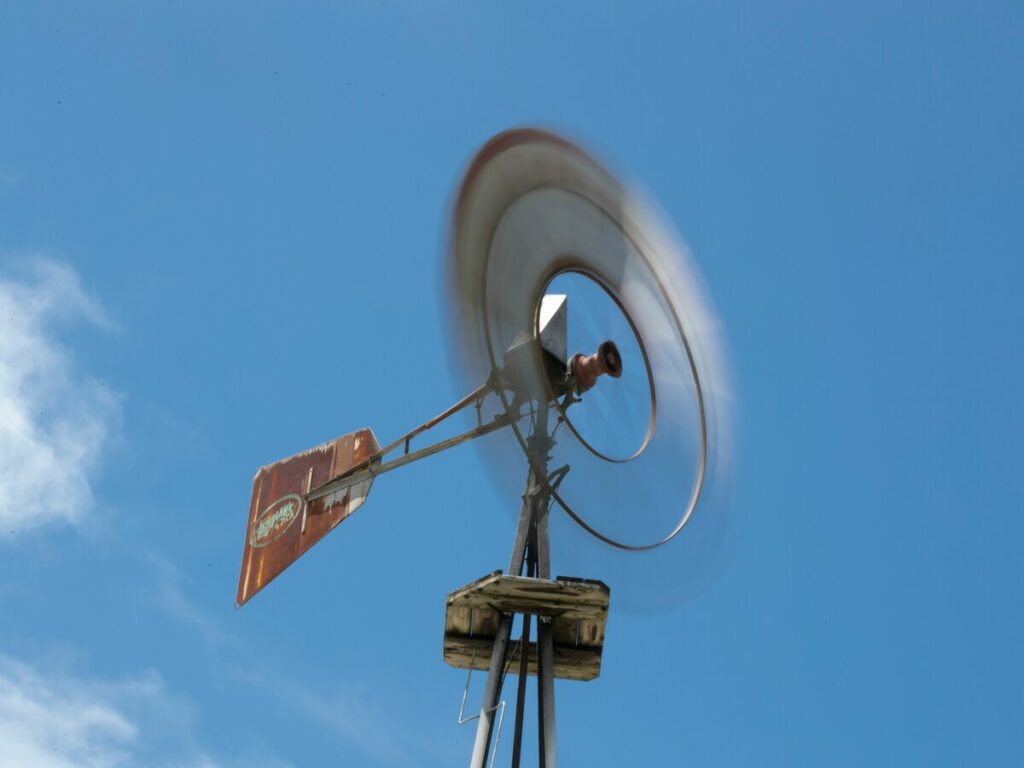
Повышение стабильности в ветреных условиях
Использование взвешенных баз для дополнительной поддержки
Взвешенные базы Значительно улучшить стабильность дорожного конуса в ветреных средах. Эти базы распределяют вес равномерно, Снижение риска получения при воздействии сильных порывов или проезжающих транспортных средств. Вы обнаружите, что тяжелые конусы с взвешенными основаниями идеально подходят для долгосрочного использования на открытом воздухе. Они сопротивляются износу и воздействию, обеспечение долговечности. Отражающие покрытия на этих конусах также повышают видимость во время ночных работ, повышение безопасности. Однако, более тяжелые конусы могут быть сложными для транспортировки и настроить. Несмотря на это, Их стабильность и надежность делают их ценным выбором для областей высокого риска.
Добавление мешка с песком или внешние веса
Добавление мешка с песком или внешние веса является еще одним эффективным способом стабилизации дорожных шишек. Этот метод позволяет адаптировать легкие конусы для использования в ветреных условиях. Поместив мешки с песком вокруг основания, Вы увеличиваете сопротивление конуса. Этот подход экономически эффективен и прост в реализации, Специально для временных настройки. Однако, Вы должны убедиться, что веса надежно прикреплены для предотвращения перемещения во время сильных ветров.
Проектные инновации для улучшения стабильности
Проекты аэродинамических дорожных конусов
Аэродинамический Конструкции снижают сопротивление ветра, Помощь конусам оставаться в вертикальном порыве в порывистых условиях. Эти дорожные конусы оснащены оптимизированными формами, которые минимизируют площадь поверхности, подвергающуюся воздействию ветра. Вы можете использовать их на открытых площадках, где скорость ветра неизменно высока. Их инновационный дизайн обеспечивает стабильность, не требуя дополнительных весов, сделать их как практичными, так и эффективными.
Регулируемые системы веса
Регулируемые весовые системы обеспечивают гибкость и повышенную стабильность. Эти системы позволяют добавлять или удалять вес на основе условий окружающей среды. Например, Вы можете увеличить вес во время штормов и уменьшить его для облегчения транспортировки в более спокойную погоду. Эта функция устраняет необходимость в мешках с песком, Экономия времени и усилий. Регулируемые системы также улучшают сопротивление ветра и снижают риск перемещения, Обеспечение того, чтобы конусы оставались эффективными при руководстве или опасности маркировки.
| Выгода | Описание |
|---|---|
| Улучшение сопротивления ветра | Повышает стабильность, предотвращение свертывания конусов в порывистых условиях. |
| Повышенная операционная эффективность | Устраняет необходимость в мешках с песком, Экономия времени для рабочей силы. |
| Снижение риска перемещения | Сохраняет конусы на месте, Обеспечение того, чтобы они эффективно выделяют опасности или прямой трафик. |
| Повышенная долговечность | Делает конусы более устойчивыми к воздействию, сокращение потребности в частых заменах. |
| Оптимизированная видимость | Поддерживает видимость в зонах с высоким трафиком, Обеспечение эффективного руководства по дорожному движению. |
| Экономическая эффективность | Уменьшает частоту замены, приводя к финансовой сбережениям с течением времени. |
Выбор правильного движения конуса

Сопоставление спецификаций конуса с потребностями в экологии
Выбор правильного транспортного конуса зависит от окружающей среды. Для открытых проектов, Рассмотрим такие факторы, как ветер, дождь, и тяжелый трафик. Тяжелые конусы с армированными материалами и взвешенными базами лучше всего работают в этих условиях. Для помещений или контролируемых средств, Легкие конусы более практичны. Вы также должны рассмотреть высоту, масса, и отражательная способность. Более высокие конусы обеспечивают лучшую видимость, В то время как отражающие полосы повышают безопасность в условиях низкого освещения. Прочные материалы, такие как резиновая или пластика, обеспечивают долговечность, Даже в суровую погоду.
ОПТзнаки предоставляет комплексный выбор дорожных шишек, предназначенных для удовлетворения различных экологических требований. Управляете ли вы зонами наружного строительства или организуете движение в помещении в помещении, OptSigns имеет правильный конус для любой ситуации.
Важность реального тестирования
Реальное тестирование гарантирует, что конусы удовлетворяют ваши конкретные потребности. Тестирование позволяет вам оценить, как конусы работают в реальных условиях окружающей среды. Например, Вы можете оценить их стабильность при сильном ветре или их видимости ночью. Этот шаг помогает вам определить наиболее подходящие конусы для вашего проекта, обеспечение безопасности и эффективности.
Скорость ветра значительно влияет на стабильность дорожного конуса. Вы можете повысить стабильность, выбрав конусы с правильным весом и дизайном. Более тяжелые конусы, как 10 фунт. Enviro-Cone, лучше работать в ветреных условиях. Тесты в сертифицированных ветряных туннелях показывают, что Enviro-Cone остается вертикальным даже при скорости ветра до 270 миль в час, в то время как традиционный 7 фунт. ПВХ конусы чаевые.
| Тип конуса | Масса | Стабильность в ветреных условиях |
|---|---|---|
| Enviro-Cone | 10 фунт | Начальство |
| Традиционный ПВХ | 7 фунт | Менее стабильный |
Практические решения, такие как взвешенные основания и аэродинамические конструкции, дальнейшее улучшение производительности. Вы всегда должны соответствовать спецификациям конуса с потребностями окружающей среды для оптимальной безопасности и эффективности.

